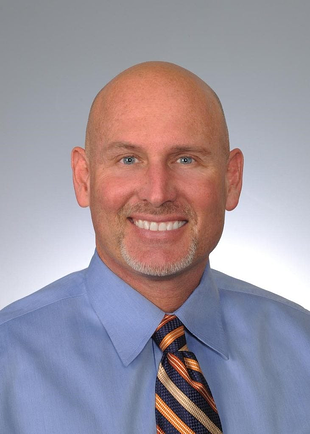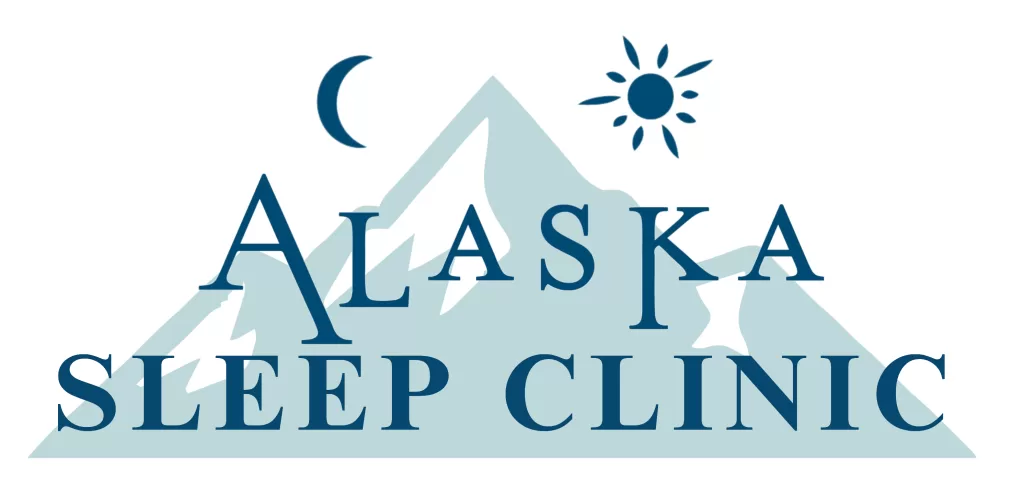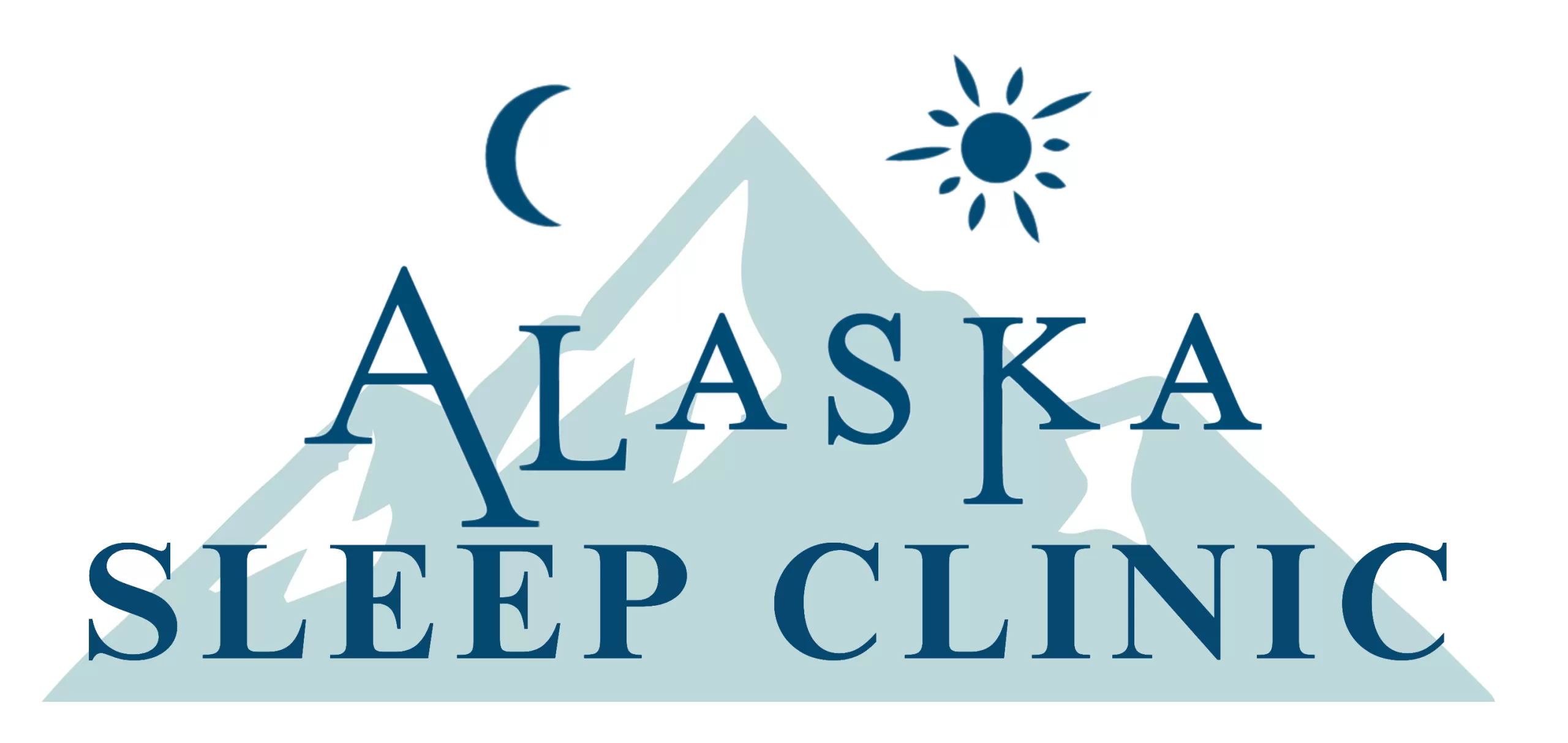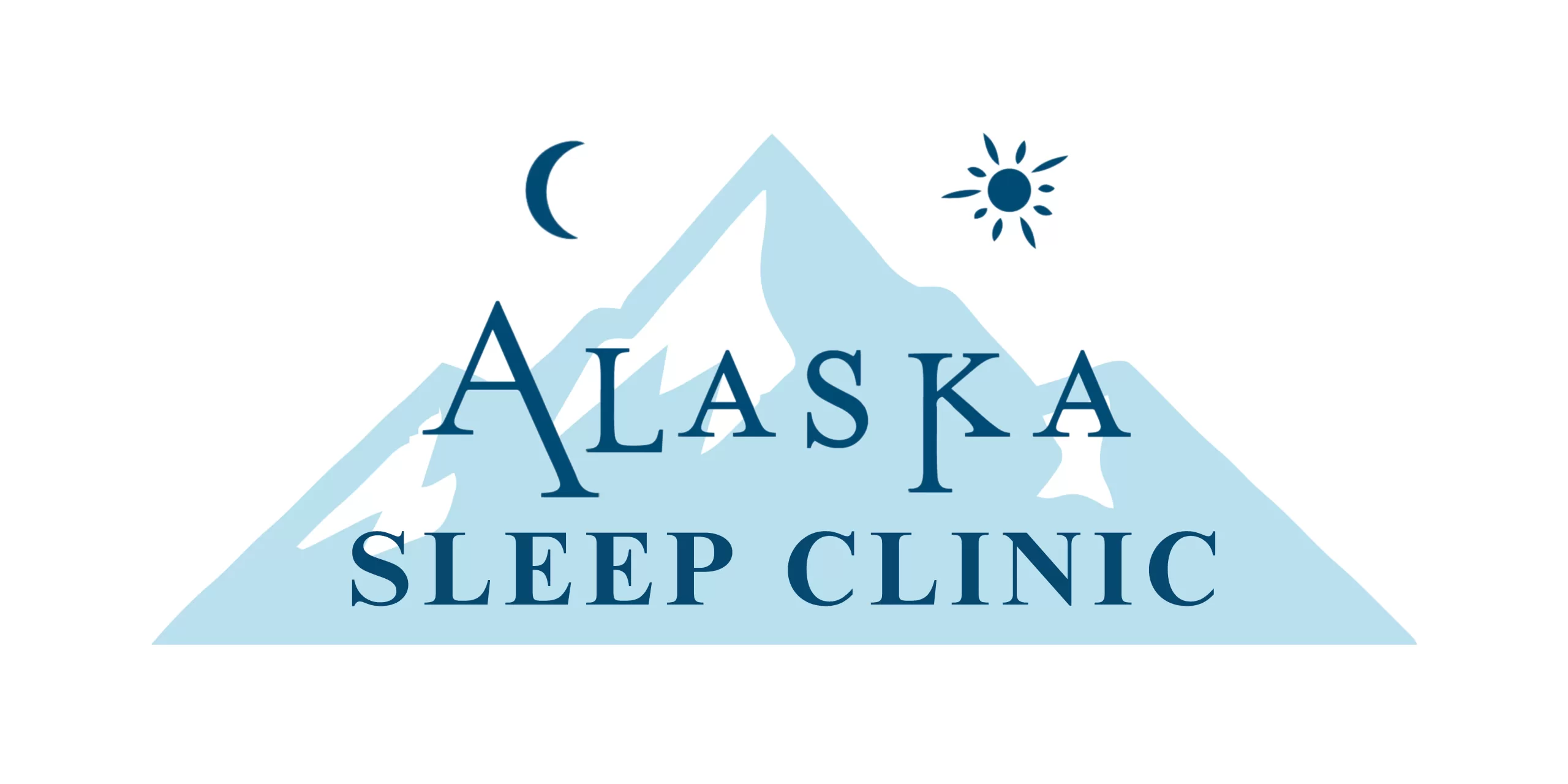Sleep is very important to the body and without the proper amount of sleep the body won’t function properly as it should.
The overall quality of life is kept stable and is better when the body gets adequate and appropriate rest. Our mental health is also affected much when and if we aren’t getting enough sleep for the body.
Our bodies have a natural way of recuperating overnight preparing us for the next day. While your sleep is important however there are certain conditions sometimes health, mental, emotional or physical that cause that rest to be affected.
Sleep deprivation hinders the healing of muscle injuries that need time to heal. Lots of healing takes place overnight. The lack of adequate sleep never helps the body to get better when there is an imbalance. As a chiropractor for whiplash in Juneau, Alaska., I’d like to share a few things you can do to help.
Sleeping With Whiplash
It can be very difficult trying to sleep while dealing with whiplash. Any neck condition makes it hard for one to rest at night, but this article will help those in need of knowing how to better sleep with whiplash in particular.
Whiplash is a neck injury that can affect the body even after weeks at a time. Symptoms generally get better within days sometimes, weeks or even months, but while the healing process is active, it’s important to stretch the neck and shoulders often and also being sure to rest, seeing that as a top priority.
Though it isn’t proven some people report that they still experience neck pain well after 10 years. The rate and speed at which the healing comes is based off of how much damage was done to the nerves in the back of the neck during the accident.
Many times whiplash can affect the working abilities of people and daily physical activity, making the sleep at night even more important and necessary.
Tips to Better Sleep at Night With Whiplash
Sleeping with whiplash can be rather painful. It’s easy to want to stay awake to try and ease the pain or sleep sitting up when dealing with pain associated with whiplash, but those aren’t always the best or available options. Sometimes the pain has to ease on its own, and some of the soreness can’t always be eradicated, however, there are tips to helping one better sleep in spite of the pain.
Hot or Cold Compress: An ice pack or heat compress before bed and even throughout the day for no more than 20 minutes can help cut down on extra tension and pain.
Neck Pillows: There are special neck pillows meant for those who need more support for their necks while sleeping. Better support for the neck specifically especially in the case of whiplash, keeps the neck stable. It not only keeps the neck stable but it also prevents further pain due to an uncomfortable or misaligned neck throughout the night.
The neck being kept in the proper alignment along with the spine helps to ease the pain when dealing with whiplash. When and if the neck is too high above or too low away from the spine, more pain and bigger issues can form. It causes more of a misalignment that can lead to the furthering result of more pain, or a lack of lessened levels of pain.
Because the alignment is important and you want the neck to be stable and remain stable, it’s better to not use a regular pillow while using a neck pillow specifically for the neck.
Foam rollers: Rolling the neck out before bed can help further prevent more stiffening throughout the night. It plays a part in releasing any tension built up throughout the day, and enables you to go to bed without any added tension. That will result in better sleep and less pain.
Are there any recommended sleep positions?
The neck can become stiff and induce more pain if the proper sleep positions aren’t implemented. The morning after will become harder to endure the less the neck is supported through the night, causing less tension to the muscles.
Two of the best sleeping positions:
Sleeping on your back:
Sleeping on the back keeps extra tension from building up, not only in the neck but throughout other parts of the body also, including the back. Still being sure the neck is properly supported and aligned, choosing this option will help you alleviate pain in the neck. If you choose to sleep with a pillow for your head also make sure it keeps the alignment straight and doesn’t cause the neck to be strained.
Sleeping on your back prevents one from arching the back and therefore placing more strain on the back, causing those muscles to work harder.
Sleeping on your side:
Sleeping on the side of your body is one sure way of keeping your spine in more of a natural curvature, not out of alignment like other positions tend to do.
According to Healthline, it’s helpful to place a pillow between the legs and knees, further helping to keep the spine in alignment with the neck.
Well after the neck is healed and you don’t experience any pain, it’s not uncommon for stiffness to come about when sleeping in the positions that weren’t good while you experienced the pain. In some cases the stiffness will sometimes come back, so stay alert and keep stretching, and choosing healthy sleep positions even when the pain is gone.
What can I do during the day to help reduce the pain?
During the day it’s important to pay attention to any extra strain that may be placed upon the body. A proper posture should be focused on throughout the day, especially when working at a desk for more than 50% of the day.
Proper shoes with extra comfort will help in keeping that proper balance when walking and sitting. The right shoes will also assist with the maintaining of a proper alignment and good posture throughout the body.
Stretching on a daily basis is also a brilliant way to loosen the muscles in the neck and relieve whiplash pain. There are plenty of simple neck pain stretches you can do to help manage whiplash and other neck pain problems. Stretching will alleviate the pain throughout the day and it’s also a good idea to do some stretches immediately before you go to bed. However, it’s important that you don’t overexert yourself when stretching because you can do some more damage. Always start slowly with a small stretch and if you notice an increase in pain, stop right away.
Be sure to stretch and take time to take the extra steps discussed and you’ll be on your way to better sleep at night! Always know that sleeping issues that go beyond what you can fix reading a blog, must be diagnosed and treated correctly to make any difference. Contact Alaska Sleep Clinic today to speak with one of our board-certified sleep specialists.

About the Author:
Dr. Brent Wells, D.C. is the founder of Better Health Chiropractic & Physical Rehab and has been a chiropractor for over 20 years. His practice has treated thousands of patients from different health problems using various services designed to help give you long-lasting relief.
Dr. Wells is also the author of over 700 online health articles that have been featured on sites such as Dr. Axe and Lifehack. He is a proud member of the American Chiropractic Association and the American Academy of Spine Physicians. And he continues his education to remain active and updated in all studies related to neurology, physical rehab, biomechanics, spine conditions, brain injury trauma, and more.












